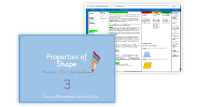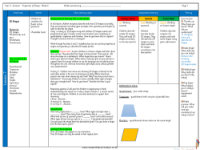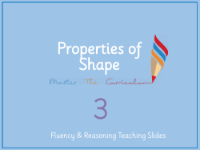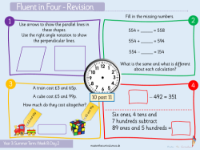Properties of shape - 2D shapes - Worksheet
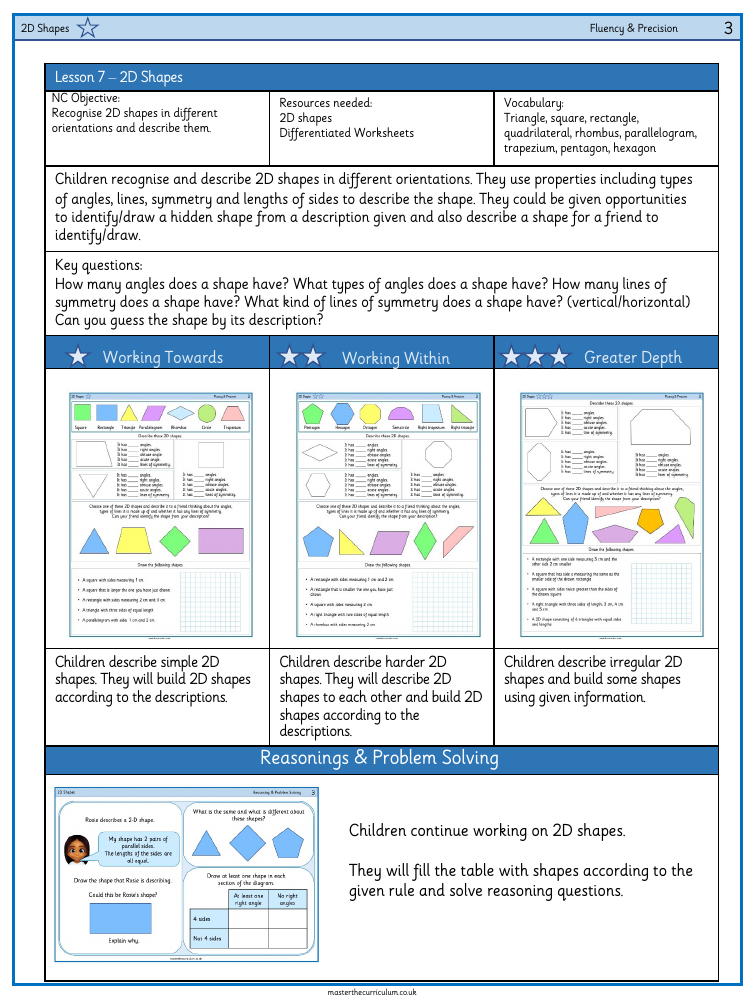
Maths Resource Description
Lesson 7 in the "Fluency & Precision2D Shapes 3" series focuses on the recognition and description of 2D shapes in various orientations. The National Curriculum objective for this lesson is for children to identify 2D shapes and articulate their properties, including angles, lines, symmetry, and side lengths. To facilitate this learning, resources such as physical 2D shapes and differentiated worksheets are utilized. The vocabulary for the lesson encompasses a range of geometric terms such as triangle, square, rectangle, quadrilateral, rhombus, parallelogram, trapezium, pentagon, and hexagon. Students are encouraged to explore these shapes, describe them to peers, and construct shapes based on verbal descriptions, enhancing their understanding of shapes' properties.
Key questions guide the lesson, prompting students to consider the number and types of angles, lines of symmetry, and whether these are vertical or horizontal. The activities are structured to cater to different levels of achievement, from "Working Towards" to "Greater Depth." As part of the problem-solving exercises, children fill out tables with shapes according to specific rules and tackle reasoning questions. For instance, they might be asked to describe a shape with a certain number of angles and lines of symmetry or to draw shapes based on provided measurements and properties. This engaging approach not only teaches geometry but also develops critical thinking and communication skills.

